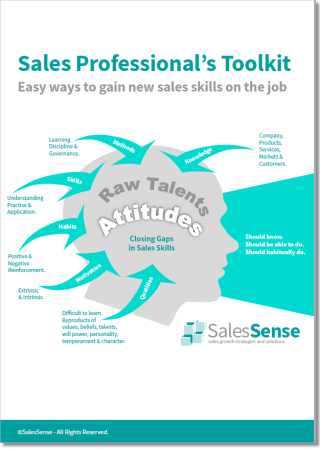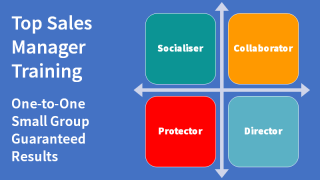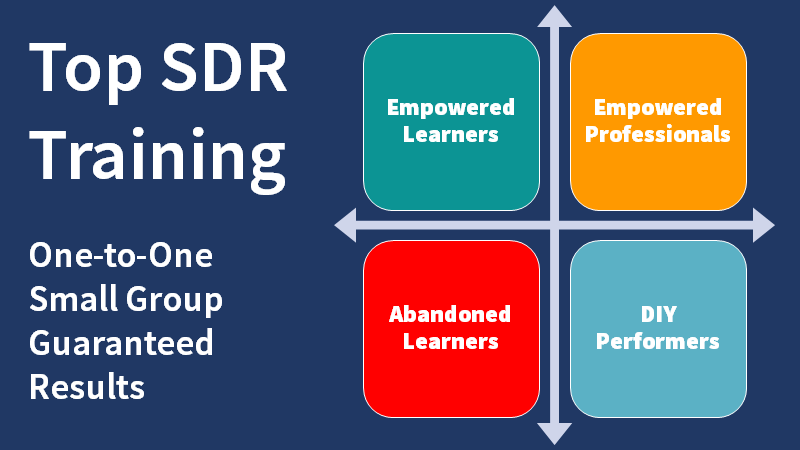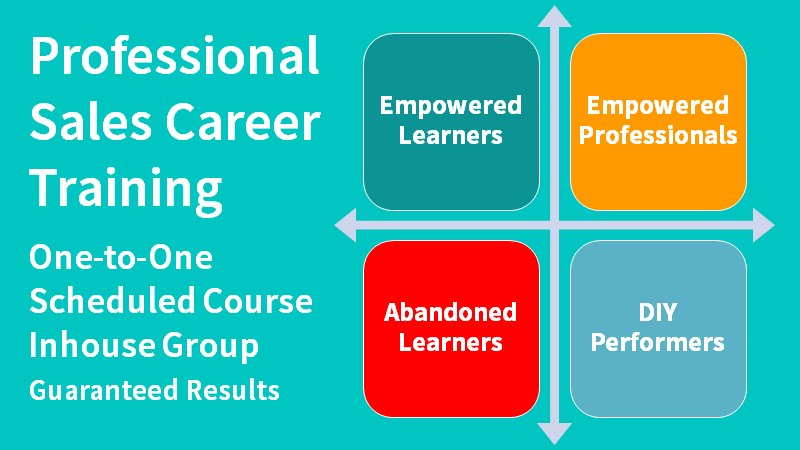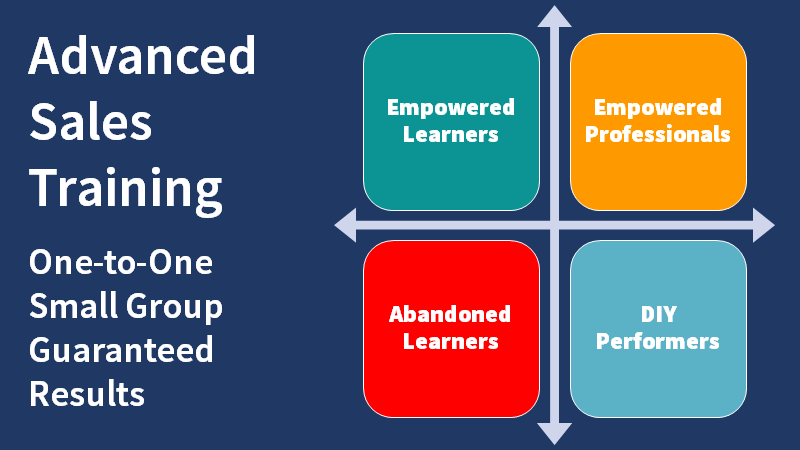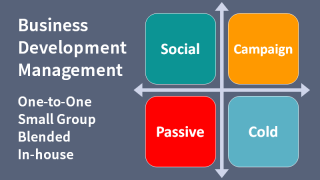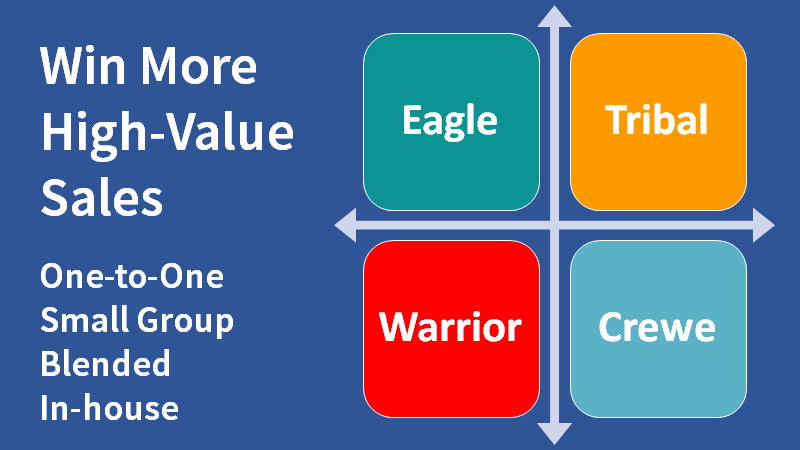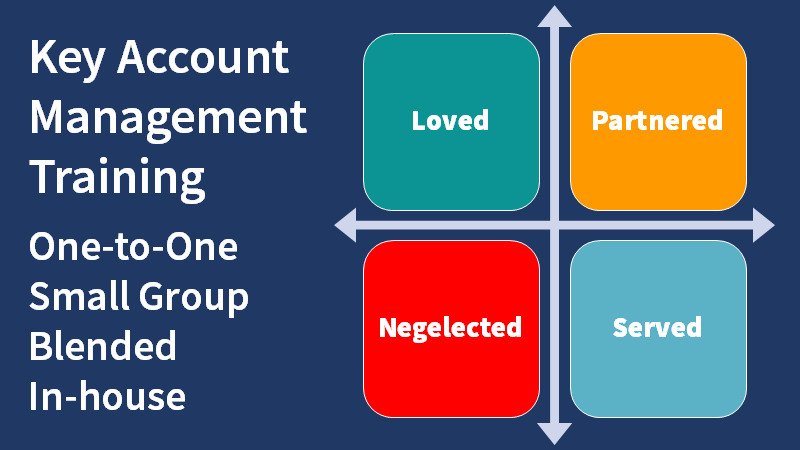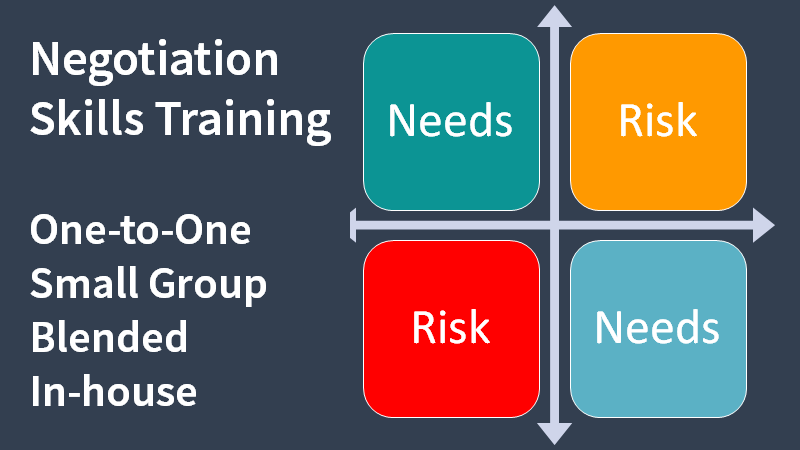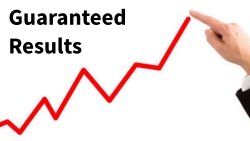An extensive guide on sales forecasting methods.

Sales process expert Bob Apollo poses the question, "Why is Accurate Sales Forecasting Such a Challenge?" and provides details of sales forecasting methods that lead to improvements.
Paper by Bob Apollo - Part 3 of 3
The sales person’s past behaviour
Like it or not, and no matter how carefully you attempt to establish consistent expectations, you’ll know that different salespeople have different approaches to forecasting. Some will be optimists. Some will be pessimists. Others may even have a nasty habit of sandbagging deals. You’ll get to know these different behaviours and - if the salespeople fail to respond to your coaching - to adjust for them over time. Another factor to take into account is the salesperson’s typical closing behaviours. Some will have a habit of getting the deals in as early in the quarter as possible. Others will seem to always be leaving matters to the last minute. You’ll want to take these factors into account as well.
Sales velocity
One of the important ways in which you can validate your raw sales forecast is to compare the progress required for each deal with the typical time that it takes winning opportunities to be closed from that stage in the sales process. Sales velocity metrics are tremendously helpful in flushing out projected sales wins that would require “unnatural acts” if they were to be achieved. Calculating the average time spent in each stage by winning deals can also be invaluable in identifying opportunities that have become “stuck in stage” and may require targeted action to get them moving again - or indicate that they should be removed from the forecast.
Conversion rates
You’ll also want to validate and if necessary adjust your overall forecast by taking into account the historic conversion rates from each stage in the sales pipeline. If the current forecast implies an unusually high or low success rate compared to past performance, and unless some key factor has changed, you should consider amending the forecast accordingly.
External factors
You’ll also want to take into account any changes in circumstance. These might be at the deal level (changes in the prospect organisation are a classic red flag) or in the market as a whole - perhaps changes in your competitive environment or a major external trend or event that is likely to affect your prospects’ buying decisions.
Focus on change
As you refine and adjust your forecast during the course of the reporting period, you should pay particular attention to what’s changed since the last review:
- Check to ensure that any changes (such as a stage advance) the salesperson was predicting with regard to individual opportunities have in fact happened. If not, you need to investigate whether they have as firm a grip of the opportunity as they claim
- Pay attention to opportunities where their situation hasn't changed. What is the salesperson’s specific action plan to progress the opportunity? What are they waiting for the prospect to do, and what’s the basis for their confidence that this will happen?
Technology to the rescue? Keeping track of what’s changed in your CRM system can be challenging - particularly since most CRM systems are poorly designed for this purpose. Many sales leaders are forced to resort to exporting the data into spreadsheets and then “staring and comparing” to identify changes and their root causes. It’s a situation that gets progressively more difficult to manage as the size and complexity of your pipeline grows.
Fortunately, technological solutions to the problem are available. I've had particularly good experiences with the offerings from Cloud9 Analytics (www.cloud9analytics.com). But technology is not a magic wand - you have to have laid a solid foundation first. Action plan So - if you want to make sure that you are in the best possible position to generate consistently accurate sales forecasts, you must first make sure that your organisation has the necessary systems and structures in place:
- A clearly defined sales process
- Consistent opportunity qualification criteria
- A properly configured CRM system
- An environment of accountability
Carefully examine your past performance. Make sure you understand your average sales velocity and conversion rates - and how they vary between different offerings, markets, salespeople and sales channels.
Last, but by no means least, make it clear that you expect your salespeople to be on top of the detail of their sales opportunities at all times, and that you expect them to base their judgements on clear evidence rather than hope or supposition.
Bob Apollo is the Managing Partner of UK-based Inflexion-Point Strategy Partners. He helps B2B companies to accelerate their revenue growth by designing and implementing repeatable, scalable and highly-aligned sales and marketing processes that enable them to systematically identify, attract, engage, qualify and convert more of the right sort of prospects.
To find out more, visit www.inflexion-point.com, email bob.apollo@inflexion-point.com or call 07802 313300.
Additional Help
Use the Sales Win Predictor to improve sales qualification and forecast accuracy.
If you need to improve sales forecasting methods, sales pipeline management, or sales prospecting, we can help. Telephone +44 (0)1392 851500. We will be pleased to discuss your needs or talk through some options. Send email to custserv@salessense.co.uk for a prompt reply or use the contact form here.


